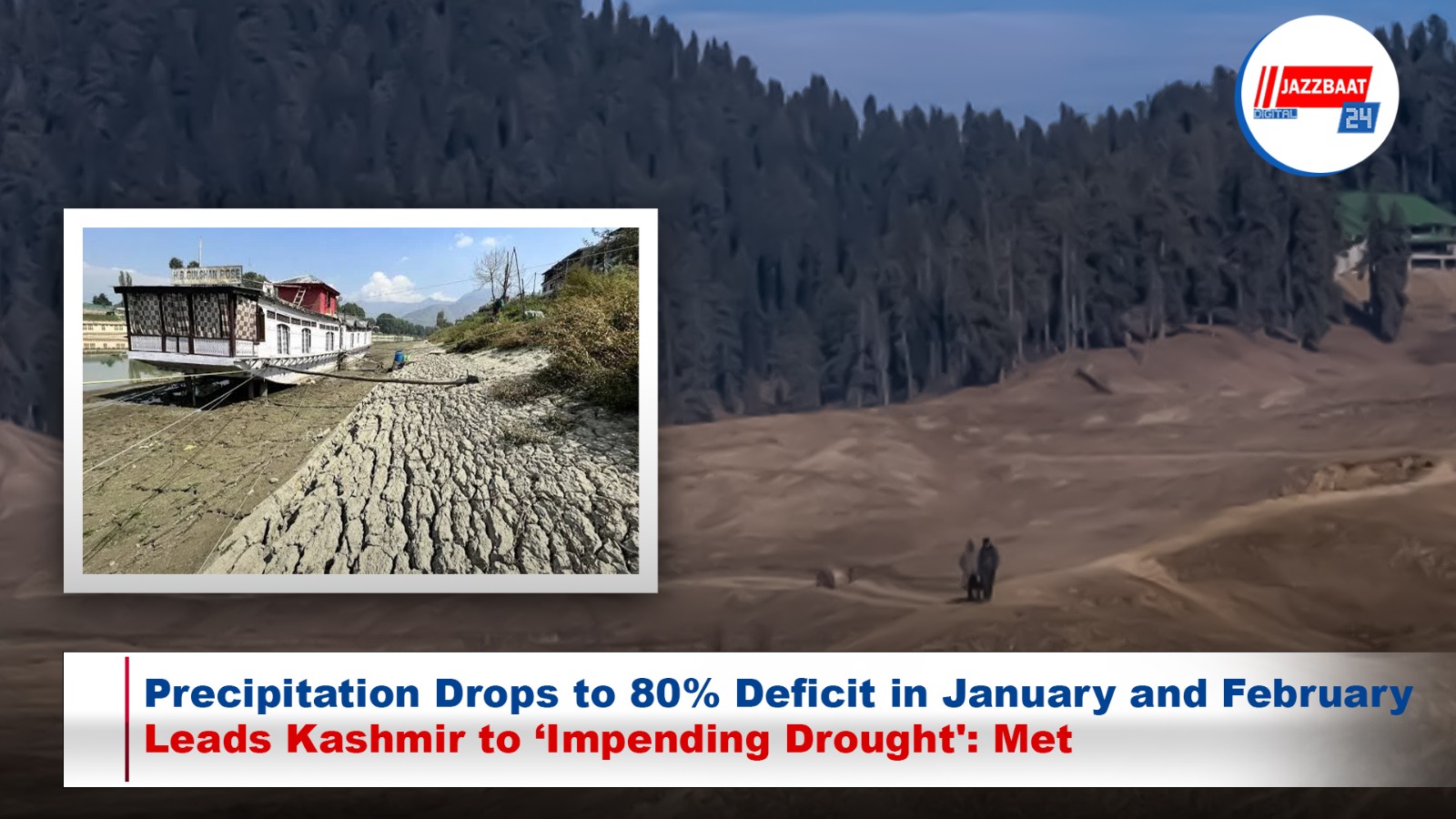January and February saw an 80% precipitation deficit, rendering the Kashmir Valley bone-dry even under the mercies of the India Meteorological Department (IMD). Meteorologists perceive the extreme lack of rainfall and snow as a possible drought-like scenario with impending water scarcity that can seriously affect agriculture and overall climate patterns in the region.
Around this time of the year, Kashmir normally sees lots of snow, which helps replenish rivers, lakes, and boost underground water supply. However, there are unusual warm temperatures coupled with a lengthy dry spell in this region, which has raised fear over diminishing glaciers and declining water in the river Jhelum and its tributaries. Experts warn that such a deficit could wreck agriculture, horticulture, and hydropower generation that depend on winter snow for replenishment.
Farmers and orchardists, especially those dealing with apple, saffron, and almond, fear huge losses over lack of moisture. This has raised the specter of acute water shortages in summer, which may disrupt the much-needed drinking water supply and irrigation.
It is said that these changes can be attributed to climate change, changing patterns of weather, and a weak Western Disturbance when the snow brings arrives and rains to the area. Experts say there could be rainfall toward the latter half of February or the beginning of March; however, it may not be enough to repair the huge deficit.
The authorities have asked the residents and farmers to use water resources with caution in anticipation of possible challenges in the coming months. The situation will be monitored closely, while contingency plans are being discussed to mitigate the effect of the dry spell on agriculture and water supply.
